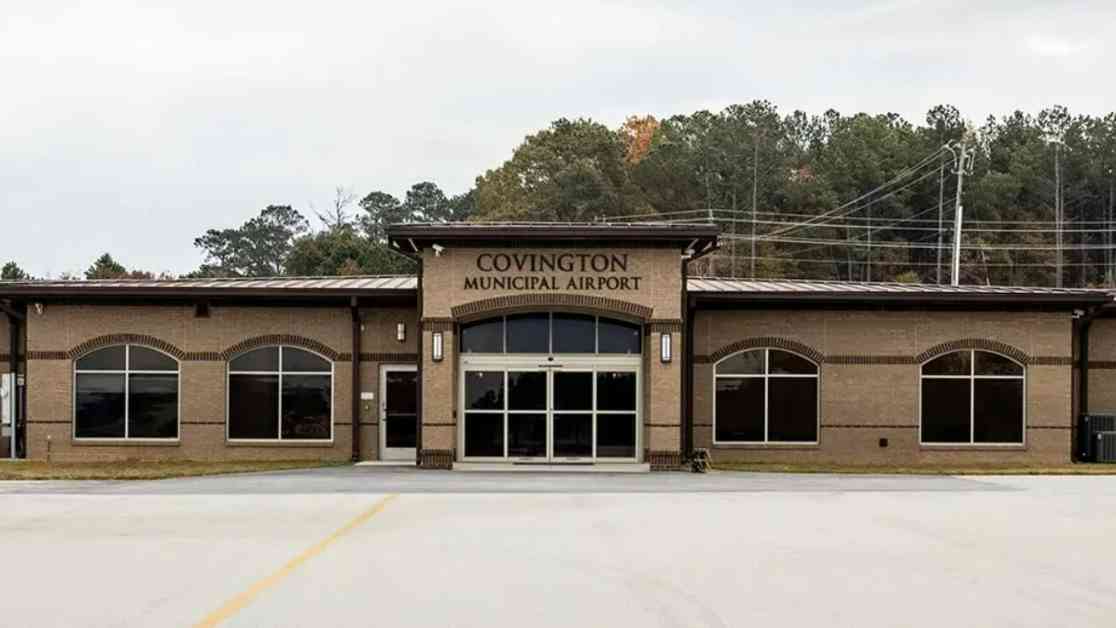Tragedy struck the skies of Georgia as a light aircraft crashed just minutes after takeoff, claiming the lives of two individuals. The ill-fated flight departed from Covington Municipal Airport late on a Saturday night, soaring into the darkness only to meet a fatal end within 20 short minutes. The Covington Police Department reported that both passengers onboard perished in the crash, leaving behind a trail of devastation and unanswered questions in its wake.
Authorities Respond to the Crisis
As the aircraft, equipped with a single engine, ascended into the night sky after 11 pm, concerns began to mount. Newton County officers were quickly alerted when tracking data revealed a sudden and ominous descent of the plane. The Federal Aviation Administration (FAA) subsequently reached out to local authorities, expressing fears over the aircraft’s loss of communication post-takeoff. The stage was set for a harrowing night as emergency responders mobilized in a race against time to locate the wreckage and assess the situation.
Investigating the Cause
In the aftermath of this tragic incident, the FAA and the National Transportation Safety Board launched a comprehensive investigation to determine the root cause of the crash. With the aviation community reeling from recent disasters, including a high-profile incident involving Motley Crue singer Vince Neil’s private jet, the need for answers and accountability loomed large. As details of the Covington crash emerged, the public waited with bated breath for insights into what had led to the untimely demise of the two souls aboard the ill-fated flight.
The crash in Georgia echoed the heart-wrenching loss experienced in a recent private jet disaster in Philadelphia, where six individuals, including an 11-year-old girl, lost their lives just seconds after takeoff. The emotional toll of such tragedies reverberated across borders, underscoring the fragility of life and the inherent risks of air travel. In a solemn reminder of the unpredictability of fate, families mourned the loss of loved ones, and communities grappled with the aftermath of these catastrophic events.
As the aviation industry grappled with the aftermath of these calamities, questions lingered about safety protocols, pilot training, and regulatory oversight. Each crash served as a stark reminder of the inherent risks associated with air travel, prompting a renewed focus on ensuring the highest standards of safety and security for passengers and crew members alike. In the wake of these tragic incidents, the need for transparency, accountability, and proactive measures to prevent future accidents became increasingly urgent.
The skies above Georgia bore witness to a heartbreaking tragedy that unfolded in mere minutes, altering the lives of all those touched by its devastating impact. As investigators delved into the circumstances surrounding the crash, a community mourned the loss of two souls whose journey ended far too soon. In the somber aftermath of the crash, a nation grappled with the fragility of life and the enduring quest for answers in the face of tragedy.













